J-STORIES —— 自2022年4月創立以來,即將迎來兩週年。作為日本首家聚焦解決方案的媒體,我們勇於向國內外傳播能化解全球社會問題的日本創新與突破性理念。這次特別邀請到J-STORIES的創辦人兼總編輯前田利継先生,暢談他如何從萌生新聞情懷、歷經記者生涯,到離開新聞界化身創業家、投入應用程式開發,最終築夢成立J-STORIES的全程心路歷程。三部曲系列第一集,將聚焦前田編輯長在學生時代如何對新聞業產生濃厚興趣。
(採訪錄於2023年12月,J-STORIES編輯部)
.jpg)
前田利継(Toshi Maeda)
記者、媒體創業家。曾在日本時報(Japan Times)、美聯社(AP)、路透社(Reuters)等國際媒體擔任記者、製作人、特派員共15年;之後創立了 Pacific Bridge Media and Consulting公司,從事影片製作、直播、多語言國際活動等,全方位支援企業與媒體的全球資訊傳播。2022 年創辦「J-STORIES」。生於東京。
問:今天想請教前田總編輯,為何當初辭去在國際媒體發光發熱的記者身分,決定投入創業,之後又重回當初放下的新聞業,最終創立J-STORIES?希望能請您分享這段過程與人生故事。還請多多指教。
前田:好的,請多指教。
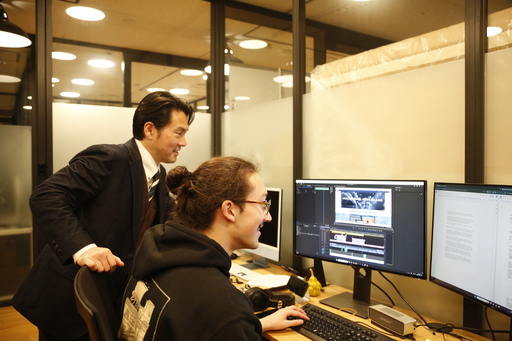
高中時代完全不會說英語,看CNN後
提問:首先,請談談前田先生在成為記者大放異彩之前的情況吧。您當時是怎麼樣的學生?為何立志成為記者呢?
前田:我出生在東京多摩地區,可說是東京的鄉下(笑)。直到18歲為止,我都在當地普通的公立學校就讀,過著與海外毫無淵源的生活。
問:是這樣嗎?您英文說得流利,我還以為您年輕時就長期旅居海外呢……
前田:當時我完全不會說英語,沒有好好聽過也沒說過。不過我對新聞業很有興趣,從小學開始就擔任壁報編輯和廣播委員會委員長。真正想做記者工作是在高三看CNN的時候。「我也想在世界各地奔波、透過電視傳遞訊息!想像賴瑞·金(Larry King)那樣訪問世界各地的人!」我開始這麼想。
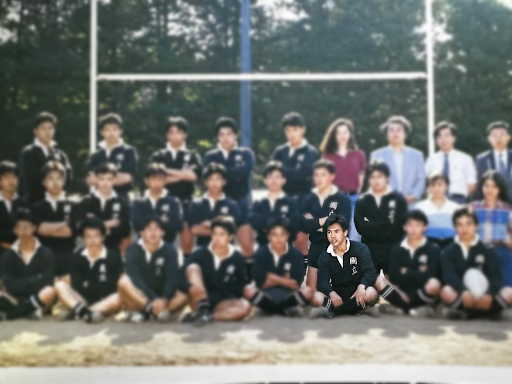
提問:但當時完全不會說英文嗎?
前田:完全不會(笑)。我一開始想去美國的大學學習英語,但家境並不寬裕,父母強烈反對。
問:一般家庭的話,確實很難自費留學呢。但您沒有放棄?
前田:沒錯。高中畢業後,我先在日本的大學念了一年,並利用獎學金和交換留學制度,不斷尋找任何能讓我出國的機會。結果,在 19 歲那年,我順利前往美國田納西州一所小型大學,作為交換學生入學。
以「卡洛斯」之名的美國留學時期
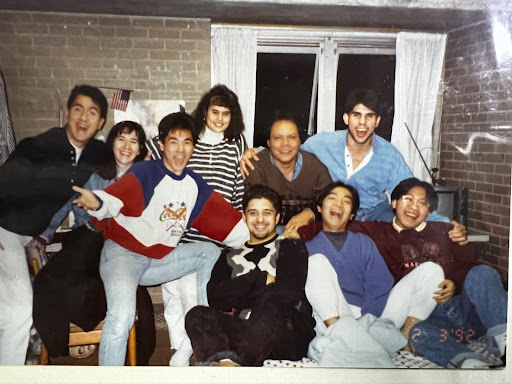
提問:如此一來,終於到夢寐以求的美國留學,想必是學會了英語吧?
前田:沒那麼簡單(笑)。我原以為自己會沉浸在美式生活中,結果在宿舍的室友和大多數當地朋友,都是為了學英文才來的中南美(拉丁美洲)同學。跟他們日常對話時英文根本不通,只能用西班牙語溝通。結果我竟然先學會了西班牙語(笑),反而英語後來才補上。
問:沒想到在留學地最先學會的竟是西班牙語!
前田:是的,我還在當地選修了西班牙語課程並努力學習。當地的日本同學甚至叫我「卡洛斯(Carlos)」,本來該深陷美國文化,卻被拉丁美洲的文化與熱情徹底吸引。當然我也學了不少英語,吸收了許多美式文化,但對我影響最深的,恐怕仍是中南美文化。二十歲那年夏天,我更興起了進一步了解他們文化的念頭,於是駕著一輛老舊小車,從田納西州一路向南,展開穿越中南美各國的旅程。
問:真的?不只是跟他們打好關係,還親自跑到南美洲探險?
前田:沒錯(笑)。那是 1993 年,那時還沒有網路和手機。我在美國「一美元商店」買了個一美元指南針,用吸盤黏在車頂,只管往「S」(南方)標示的方向直行。途經各國時,就去找當初在美國認識的朋友家借宿,旅程一路充滿驚奇與熱情。
.jpg)
提問:用指南針指向南方,這在有手機和 GPS 的時代真是難以想像。那麼,您最後到了哪裡?
前田:大約花了三個月,陸路行駛1萬6000公里,橫越中美洲,貫穿南美大陸,共走訪了13個國家,最終抵達阿根廷首都布宜諾斯艾利斯。
提問:縱貫南美!那真是很棒的經驗。
前田:這趟旅程經歷的一切,對我而言都是難能可貴的養分;如今回想,似乎也正是我新聞使命感的原點。
中南美旅行喚醒新聞使命
問:新聞的原點?那是什麼意思?
前田:旅途中看到、感受到的事物很多,特別是當地兒童的貧窮、警方的貪汙,以及當地人熱情友善的性格——這些都是在日本或美國從未經歷過、也無法從書本和電視中得知的。我親眼見證並體驗了這一切,深刻感到自己有責任把所見所聞傳達給世界,也更堅定了自己想從事這項工作的決心。
提問:原來,在留學時認識拉丁美洲文化,才成為你踏上記者之路的重要契機啊。
前田:當然,美國所學對我影響也很大,但真正的轉捩點,是我親自去了解那些在日本鮮少被報導的中南美社會與思維模式。
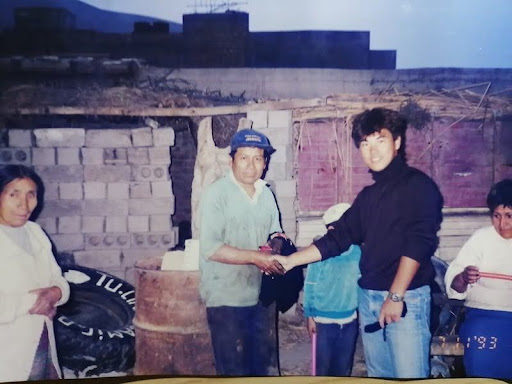
您是如何學會英語的?
提問:話題有點跑掉了,完全不會英語的前田總編輯,是怎麼留學、之後又提升到能用英語寫文章的程度?當時是怎麼學習的,請告訴我們。
前田:大約17歲時,我偶然讀到一本在美國出版的潛意識相關書籍,於是我先在潛意識中不斷地強烈想像,自己像講母語一樣流利地說英語(笑)。
提問:潛意識!原來想像自己能做到很重要啊!但光靠想像是不夠的吧?應該也有些有效的學習方法吧?
前田:高中以前根本沒有認識會說英語的人,所以老套但實用的做法就是:盡可能多看英語電視、聽英語廣播或市售的英文卡帶;閱讀時也儘量大聲唸出來。
提問:大聲唸出來!果然要把聲音發出來讀才有效啊。
前田:大學畢業後開始用英語撰稿時,完全是邊看邊模仿,光是不出錯地寫文章就已經用盡全力。剛開始,我寫的稿子常常被編輯桌和母語校對人士(copy editor)大刀闊斧地修改。我每次都仔細對照「修改前」與「修改後」,就這樣漸漸學會了新聞稿的風格和常用表達。
提問:原來如此。前田總編輯在菜鳥記者時代也是不斷嘗試錯誤。
前田:在路透社時,我也以英語製作電視新聞報導(所謂「完整版」),自己配音後還會重播聽一次,如果發現哪裡發音不夠清楚,就有意識地重點練習,改善發音。
提問:確認自己錄的聲音,再反覆練習,真的是一點一滴的努力累積啊。我還以為有什麼神奇速成法(笑)。
前田:回頭看,有機會一邊做自己喜歡的新聞工作,一邊學英文寫作和發音,真是非常難得的經驗。不過,作為對海外讀者與觀眾傳遞新聞的專業記者,確認事實固然理所當然,對文法、詞彙選擇、發音等也都嚴格要求。我自己定下很高標準,甚至在美國時還積極學習英語語音學。所以對於像我這樣英語非母語的人教英語發音,其實我相當有信心(笑)。
提問:正因為自己吃過苦,才能教別人?
前田:是的。新聞文章有固定模式,即使不是英語母語人士,只要努力也能學會寫。把困難的事簡化來寫,也是英語新聞的特色,背景是簡單易懂的表達更受歡迎。如果要我寫需要艱深詞彙和表達的英國文學或小說,我大概早就投降了(笑)。
成為日本時報《Japan Times》記者後,看見日本與海外新聞業的差異
.jpg)
提問:那麼回國之後就以日本英文報紙《日本時報(Japan Times)》記者的身分活躍?
前田:在歷經海外報社東京支局及新聞製作單位的歷練後,我進入了《日本時報(Japan Times)》擔任記者,擔任政治線記者,報導了小泉純一郎總理誕生等重大事件。我曾與日本報社的政治記者們一起「夜訪晨堵」(即深夜或清晨到政治人物住處採訪),也在那段時間學到不只是社會議題,還有「日本媒體業界」的運作方式。
提問:作為海外媒體的記者,您對日本媒體業界有什麼印象?
前田:我感受到無論好壞,海外媒體與日本媒體之間確實存在差異。舉例來說,日本媒體若自民黨或政府官員發布聲明,往往「原封不動」地引用當中的「用詞」和「表達」來撰寫報導;這在日本被視為理所當然的做法。但若是海外媒體這樣做,就會被看作是拙劣新聞示範,絕不會被接受。海外媒體在報導時,會先掌握社會背景與整體脈絡,再思考該新聞對讀者有何意義,並以自己的文字和解讀撰寫報導。這是英語新聞媒體的常態,如果不這麼做,就無法稱得上是完整的記者工作。
提問:原來如此。就算身在日本、採訪同樣的內容,海外媒體記者做的事跟日本媒體記者並不完全相同。
前田:這部分確實與價值判斷的文化差異相關;再者,單純將語言做「轉換」也往往無法正確傳達原意,必須先理解意涵再重新撰寫。為了讓海外讀者能夠輕鬆理解日本,往往要假設他們幾乎完全不了解日本,需要同時補充背景說明,並儘量用簡明又具吸引力的方式來傳達。
提問:確實多數海外讀者並不熟悉日本文化或複雜的政治體制,如果不說明有這樣的歷史背景等前提,光是直譯日本文章可能無法理解。
前田:英語新聞還有一種「倒金字塔(Inverted pyramid)」的寫法:先在第一段就點出最重要的要素,然後在第三段左右放入「Nut Graph」(簡短說明為何讀者應該關注這則新聞的段落),讓讀者只要閱讀前兩、三段就能掌握大意。雖然講得有點細,但我一直很注意用這種風格簡潔寫文章。
問:前田編輯長就這樣順利成長為記者,但在第六年離開了《Japan Times》,這是為什麼?
前田:講得帥氣一點,在日本累積了一定記者經驗後,有點野心了,想說接下來想挑戰英語新聞界的「大聯盟」。
提問:「大聯盟」?
ー 從高中時代完全不會說英語,經過夢寐以求的留學,成功成為英文記者的前田總編輯。第2集將請他詳細談談以國際記者身分在美國挑戰、以及在記者活躍期間遇到的轉捩點!
(第1集 結束。第2集續章敬請期待)
撰文:一色崇典 編輯:北松克朗
首圖提供:前田利継
本篇英文版請見此處。
有關本篇報導的任何詢問,請發信至 jstories@pacificbridge.jp。
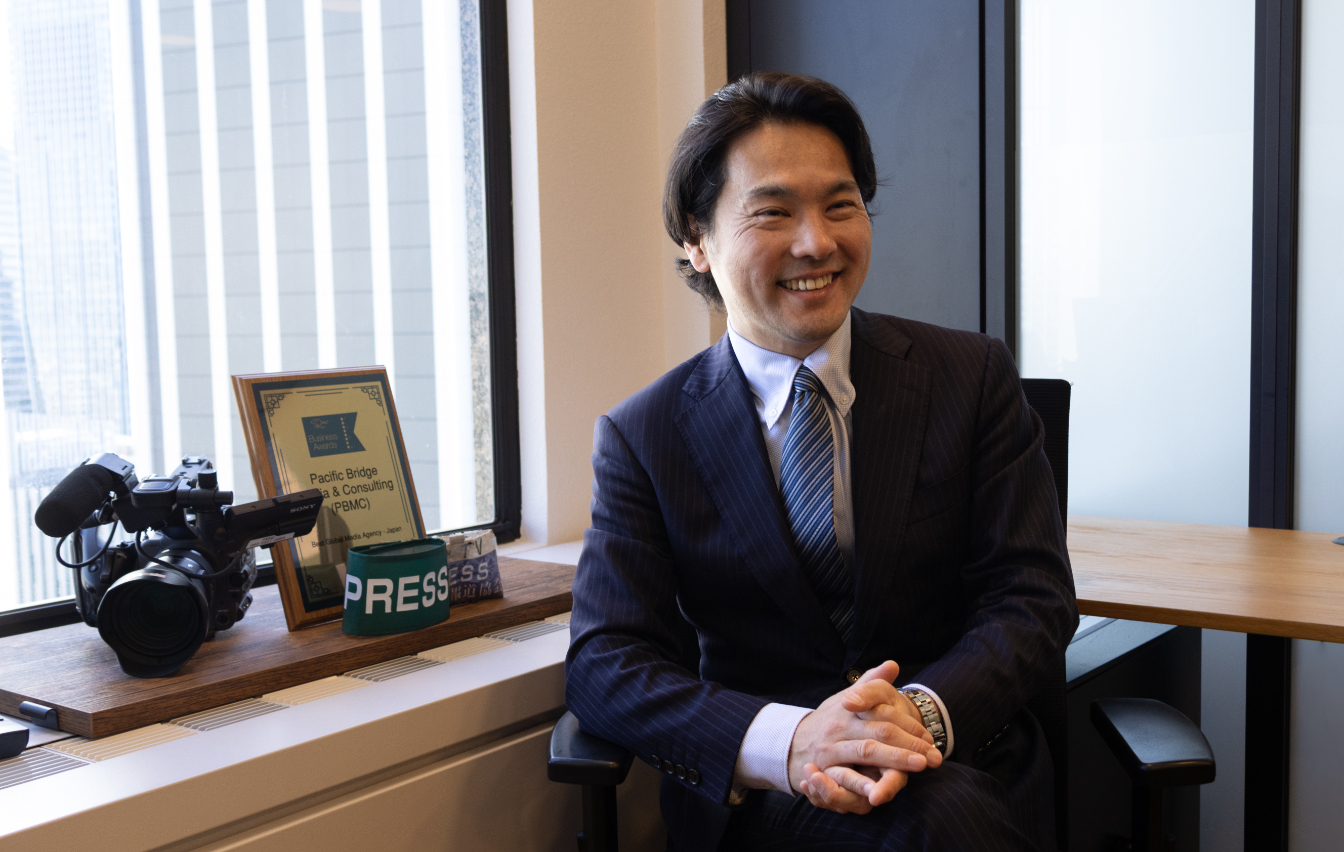

![[ディスカッション] 日本初のソリューション特化型メディア「J-STORIES」が目指す新しいメディアのカタチ](https://storage.googleapis.com/jstories-cms.appspot.com/images/1693454881837_O9A4461_smallthumbnail.JPG)
![[インタビュー] 長年のスタートアップ・ウォッチャーが予測:日本の「ユニコーン」はもっと増える](https://storage.googleapis.com/jstories-cms.appspot.com/images/1691573339231%E3%82%B9%E3%82%AF%E3%83%AA%E3%83%BC%E3%83%B3%E3%82%B7%E3%83%A7%E3%83%83%E3%83%88%202023-08-09%2018.25.29_smallthumbnail.png)

_bigthumbnail.jpeg)





![[PODCAST] 外国人創業者が変える日本のスタートアップの形 (Part 7)](https://storage.googleapis.com/jstories-cms.appspot.com/images/1763538829673unnamed_bigthumbnail.jpg)
![[PODCAST] 外国人創業者が変える日本のスタートアップの形 (Part 6)](https://storage.googleapis.com/jstories-cms.appspot.com/images/1763000777388unnamed_bigthumbnail.jpg)




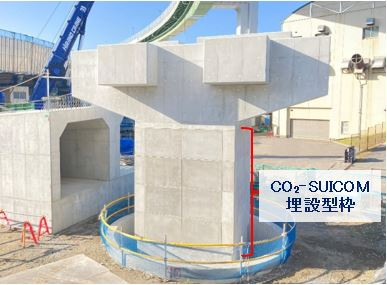


![[PODCAST] 如何打造成功的新創企業社群(第2集)](https://storage.googleapis.com/jstories-cms.appspot.com/images/1748493203370business-man-holding-light-bulb-social-network-2024-10-31-22-37-36-utc_smallthumbnail.jpg)


